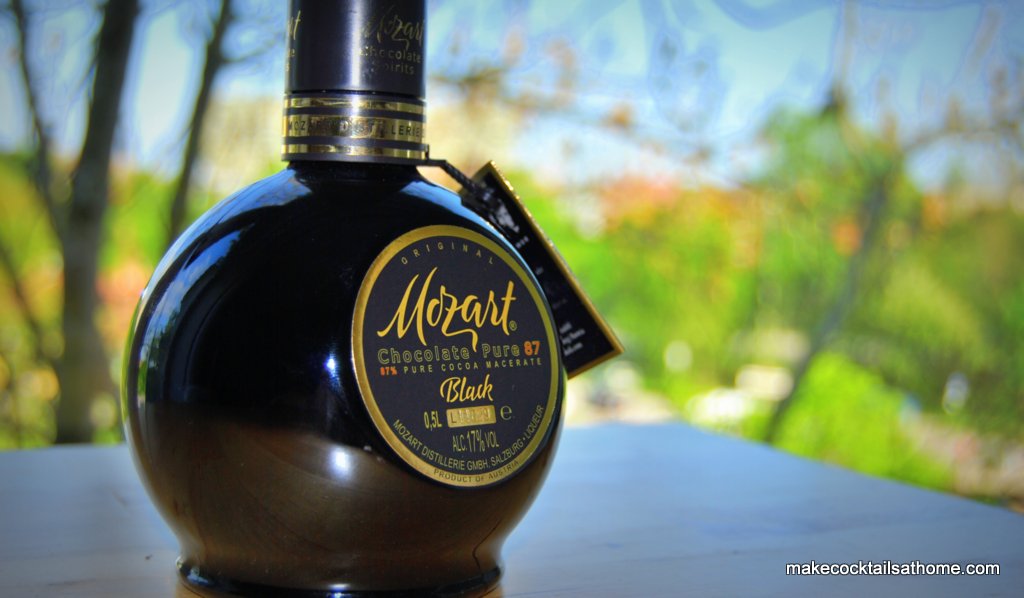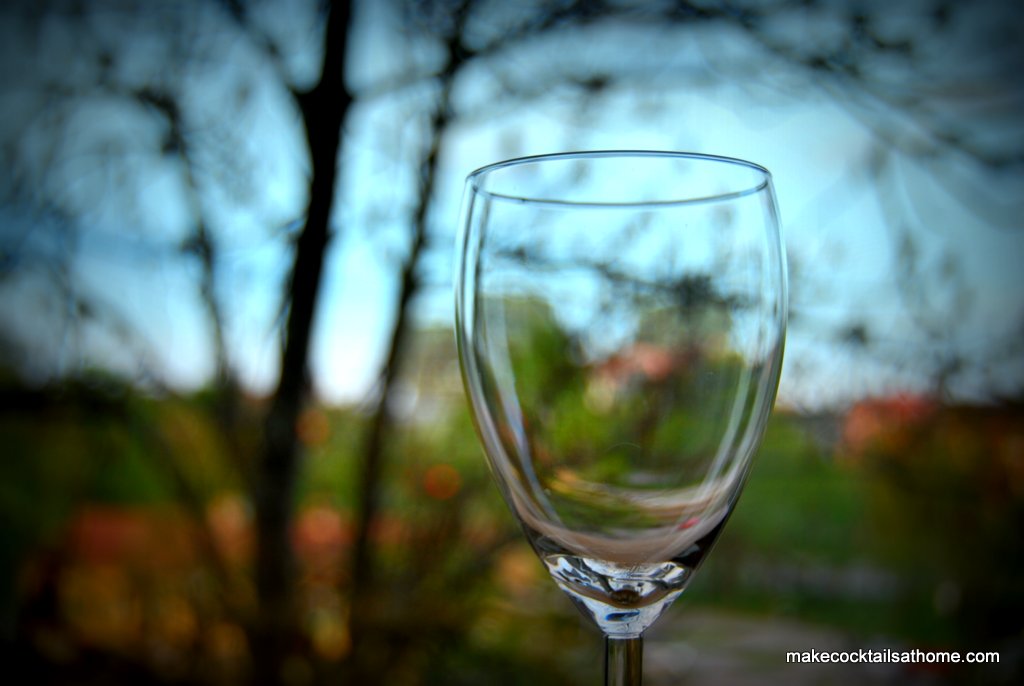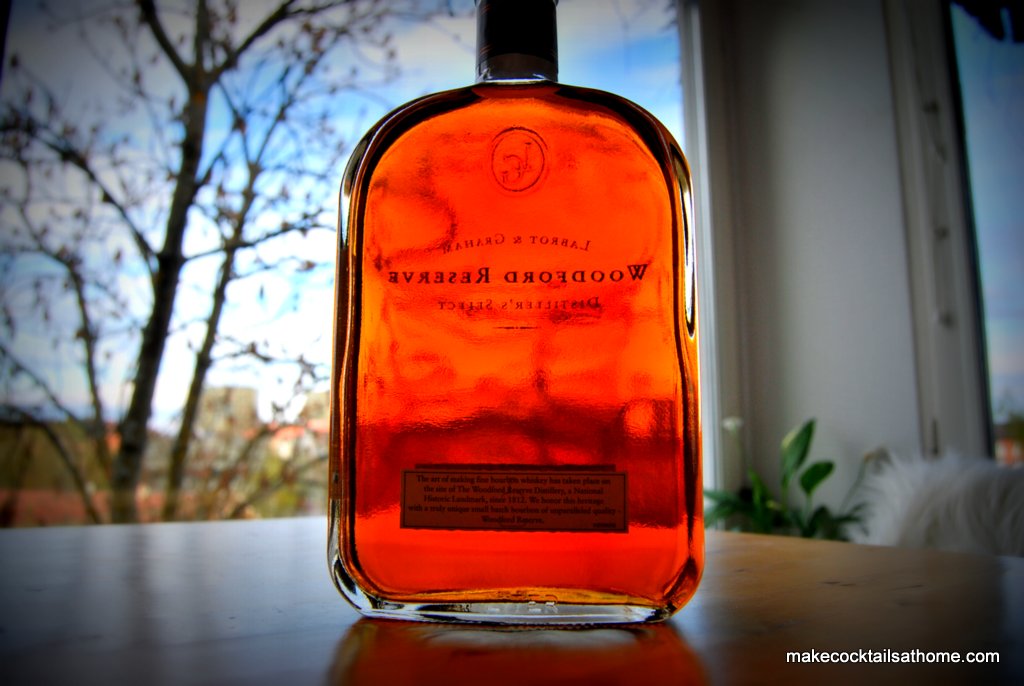For an explanation of how alcohol and spirits are made check out the first post in the series,
Easy Guide to Alcohol pt 1 – fermentation, distillation and spirits
Time for some sugar.
The easiest way to differentiate between spirits and liqueurs is that liqueurs are usually much sweeter do to the addition of significant amounts of added sugar. If you compare the sweet taste of the Italian liqueur Lemoncello to a lemon vodka (as both are lemon based) you’ll notice the Lemoncello is significantly sweeter – it has had a significant amount of sugar added to it.
How Liqueurs are made
A typical liqueur is a combination of a base spirit, such as vodka or brandy, raw flavouring ingredients, and added sugar.
Broken down and simplified this becomes:
Base Spirit + Flavouring + Sugar = Liqueur.
Let’s look at each of these components in a little more depth.
Base Spirit
The base spirit refers to the distilled alcohol that makes up the bulk of the liqueur. Depending on the mash (fermented alcohol) that was used in distillation and how the spirit was treated post-distillation (was it aged in barrels? Charcoal filtered?) the spirit can be used merely to add the alcoholic-bulk to the liqueur or as an actual flavour component.
If the major flavouring of the liqueur is to come from the added ingredients (oranges, coffee etc) then the makers will commonly use neutral spirit (odourless, flavourless spirit with a very high ABV – you can think of it like a very strong vodka). The high level of alcohol and lack of flavour in the spirit helps draw the flavours out of the added ingredients and allow them to be fully pronounced and uninfluenced by the spirit. A well known example is the French liqueur Cointreau. which is made by soaking orange peels in neutral spirit – when you taste Cointreau you get orange flavours but the taste of the spirit itself remains very much in the background.
Other liqueurs may want to use the spirit to add to the overall flavour – spirits such as whiskeys or brandies tend to be distilled to a lower ABV and retain more of the flavour from the mash, and are also commonly barrel aged. When used as your base they will give the liqueur some of the more complex flavours that tend to go along with these spirits – smokey flavours, rich chocolate or coffee notes, vanilla, it all depends on the particular spirit used.
Let’s look at an example of a brandy based liqueur to compare to neutral spirit liqueurs:
Grand Marnier
Like Cointreau, Grand Marnier is a French orange liqueur brand, made by soaking orange peels in spirit. But Grand Marnier has a darker colour and heavier, richer flavours (it also tends to cost a bit more).
Why?
Grand Marnier is made from a blend of neutral spirit and Cognac. Cognac is a type of French grape brandy that is legally required to be aged in Oak barrels for a minimum of two years; during this time the Cognac picks up flavouring and colour from the barrels. Therefore, when the Cognac is used as a base spirit the final finished liqueur is also going to show these added flavours.
Flavour
Liqueurs are made from a huge variety of raw ingredients which gives us a similarly huge variety of flavours. Common raw ingredients include fruits, herbs, spices, cream, coffee – almost anything you can cook with you can use to make a liqueur, and the flavours tend to be stronger in liqueurs than in spirits.
So how do we actually get these flavours into the liqueurs? There are a few methods:
- Maceration/Infusion – soaking the raw ingredient in alcohol or water, which slowly draws the flavours out (this process can take months). You can think of this as similar to how you get flavour from tea.
- Percolation – similar to brewing coffee and often used when the raw ingredient is a leaf or a herb. The spirit (often heated) is allowed to drip through the raw ingredient, extracting the essence and flavour as it goes.
- Distillation – the same method as flavouring distilled spirits, the raw ingredients are placed in the still to steep for a couple of hours before the mixture is re-distilled, giving a lighter, softer flavour.
Sugar
Liqueurs usually have at least 100g sugar per liter of alcohol which gives us that strong, sweet taste that they’re known for (not much luck if you’re ‘Low Carb and Loving It’). Different brands and styles of liqueur will have different amounts of sugar depending on what they intend to be used for.
Particularly high sugar liqueurs are sometimes known as Crèmes, such as Crème de menthe or Crème de banane; this is because they have so much sugar added they have reached an almost syrup like consistency and is not referring to the use of dairy. Crème liqueurs tend to be relatively low in alcohol (15-25%) and used only as cocktail ingredients as this level is sugar makes them simply too sweet to drink by themselves (if you’re bored then try drinking a glass of Crème de Banane – you’ll be looking for your toothbrush in no time).
Sugar is often added after the spirits have been flavoured in the form of a sugar syrup or simple syrup – a mixture of dissolved sugar and water. This allows all the components to mix together well and the water also has the other happy side effect of lowering the ABV to the desired level ready for consumption.
An example Liqueur
We’ve looked at base spirits, flavours and sugar. Let’s recap this by looking at all of these in an example of a common liqueur:
Triple Sec
Triple Sec is an orange flavoured liqueur which gets its orange flavour from the oils in bitter orange peels. These peels are soaked in neutral spirit so the spirit is giving no distinctive flavour of its own – it is neutral. The high level of alcohol helps draw the oils and flavour from the orange peels, giving us what is basically an orange vodka (although a very strong one at this stage).
Once we have this orange vodka we can add plenty of sugar and water (essential a simple syrup, or sugar syrup) to bring it the ABV and flavour that we are looking for; in the case of Triple Sec that would be around 25% abv. Put it in a bottle and it’s ready to be used in your Margarita!
So, to brake it down Triple sec would be:
Base spirit + Flavouring + Sugar = Liqueur
Neutral Spirit + Bitter Orange Peels + Sugar + Water = Triple Sec
Liqueurs are pretty easy to make at home –there will be an upcoming lesson showing you just how to do this.
Why is all this important?
If we want to make great tasting cocktails at home then we need to understand what we are actually making. If we understand the different ingredients and components of a cocktail then it will be easier for us to make them. By now we should have a good foundation of spirits and liqueurs which means that we’ll be able to look more in-depth at the other components of the cocktails themselves – to do this, we’re going to deconstruct the cocktail in an upcoming post.
Key Ideas So far
Fermentation – chemical conversion of sugar in alcohol and co2 buy yeast, gives us alcohol to around 15%.
Distillation – Pot and column stills separate the alcohol from other liquids in the mash and increase the ABV.
Spirits – Distilled beverages, abv over 20%, little to no added sugar or colour (whisky, gin etc)
Liqueurs – sweet from added sugar and strong in added flavours, base spirit + flavour + sugar
If you have any questions or comments then feel free to leave them below or contact me.
// David












![Essential ingredients for your home cocktail bar [with Free Checklist!]](https://makecocktailsathome.com/wp-content/uploads/2012/05/1-DSC_0208.jpeg)









